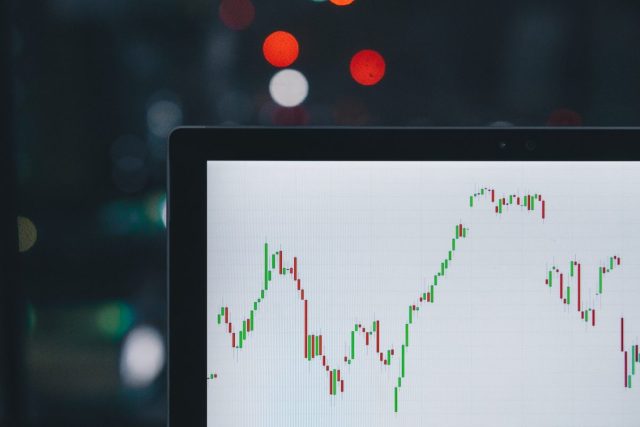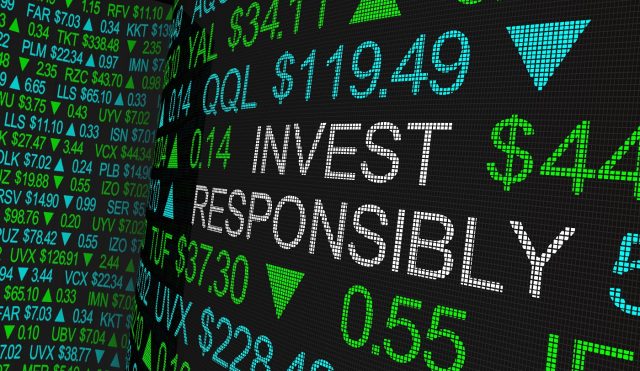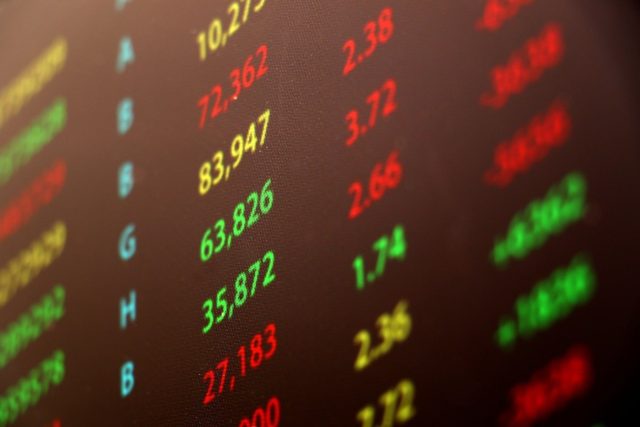3 Tiny, Unstoppable A.I. Stocks to Buy Now.
Artificial Intelligence — it’s a term that was once only found in the realm of science fiction. However, AI developments rapidly grew throughout 2023, seemingly turning science fiction into reality. Over the past year, we’ve witnessed a radical transformation within the AI industry, demonstrating the potential of human ingenuity.
In 2023, we saw inspiring breakthroughs in AI. It has become more sophisticated, versatile, and high-functioning, acting as the cornerstone of multiple sectors including healthcare, education, transportation, and entertainment. Here are a few revolutionary developments you couldn’t have missed:
- Healthcare: Leveraging AI-enabled predictive analytics, hospitals are now able to forecast patient’s symptoms and diseases.
- Transportation: Autonomous vehicles went from prototypes to mass-produced models, thanks to advancements in machine learning that can recognize and react to diverse road scenarios.
- Education: AI-powered online learning platforms, apt at identifying the unique learning patterns of students, made personalized education a reality.
- Entertainment: The consumer electronics industry was revolutionized by the addition of AI-home assistants that can predict user behavior and preferences.
“AI is the new electricity. Just as 100 years ago electricity transformed industry after industry, AI will now do the same.” – Andrew Ng, Co-founder of Google’s deep-learning research team, AI Lab.
Amid these exciting developments, the stock market has responded with vigor. Many AI stocks observed hefty gains in 2023, promising massive investment opportunities for the up-and-coming year.
The bull market of 2024 is ready to take us all on a breathtaking sprint. Small-cap AI stocks are projected to leap to stratospheric heights thanks to increasing AI advancements. Known as the “sleeper giants”, these stocks could very well be your golden ticket to unprecedented returns. Why?
According to Forrester Research, AI adoption could potentially inject $14 trillion into the global economy by 2030, highlighting a cascading impact onto the tech stocks. More specifically, AI stocks are projected to skyrocket in value, potentially making early investors quite wealthy.
“AI innovation and the performance of AI stocks are intensely interlocked. Increased demand and advancements in AI technology have invariably resulted in a bullish AI sector. This phenomenon has been consistently visible in the past few years, revealing AI stocks as a potential game-changer for astute investors. And, 2024 is set to yet again prove this trend,” says Alex Zhavoronkov, CEO of Insilico Medicine.
Start strategizing your investment plan. Analyze the potential of these rapidly growing small-cap stocks, stake your claim early and wait as they mature into large-cap behemoths. The tech revolution is poised to create immense wealth, and if you’re savvy, you’ll use the power of AI advancements to bring home a king’s ransom.
The Top 3 Tiny and Mighty AI Stocks of 2024
Let’s dive right in, provide you with valuable analysis and equip you for the financial year ahead. These three small-cap AI stocks are set to be game changers in 2024.
Innodata Inc. (NASDAQ: INOD) – $8.25
Renowned for its digital prowess and cutting-edge AI offerings, Innodata is an attractive choice for investors in the AI space. Their consistent year-over-year growth has been remarkable, boasting a 12% increase in top line revenues in 2023 alone. Experts such as Mark Schappel, Senior Analyst at Benchmark, predict, “Innodata is well-positioned to deliver substantial returns in 2024 with its laser-focused growth strategies”. If Innodata can build on its successes in 2023, investors can expect a solid ROI for their investment.
FiscalNote Holdings Inc. (NYSE: NOTE) – $1.07
FiscalNote, with its specialty in AI-enabled governance, risk, and compliance solutions, presents an excellent opportunity for adventurous investors in 2024. The company saw a growth rate of 9.7% in 2023, outperforming many of its peers in the small-cap segment. CEO Tim Hwang expressed confidence in the coming year, stating, “We are at the brink of a historic expansion”. Given these predictions, FiscalNote seems a stock poised for growth.
Desktop Metal, Inc. (NYSE:DM) -$0.69
Having redefined the manufacturing industry with its AI-infused 3D printing technologies, Desktop Metal is a stock worth considering for 2024. In 2023 Desktop Metal managed a significant rebound, with the third quarter highlighting a 14% sequential revenue growth. According to Scott Schmitz, a market analyst at Morgan Stanley, “The company’s innovative approach to 3D printing could potentially disrupt traditional manufacturing, leading to potentially high returns in 2024”. This company is a compelling consideration for investors focused on AI involvement in manufacturing.
My final thoughts & personal investment thesis
In wrapping up this in-depth analysis of the prospective small-cap A.I. market as we head into 2024, I believe there are plenty of grounds for optimism. Artificial Intelligence is no longer just a buzzword of the future – it’s shaping the present in remarkable ways. It is infiltrating every industry, from automotive to healthcare, proving its ubiquitous nature.
Given the strides already taken in 2023, the sector is primed for an even bigger explosion in the following year. These technologies are offering companies a competitive edge like nothing we’ve seen before, making their corresponding stocks an attractive prospect for any savvy investor. Small-cap AI stocks, in particular, offer the potential for significant returns, given enough patience and calculated risk.
The three stocks we’ve analysed – Innodata Inc. (NASDAQ: INOD), FiscalNote Holdings Inc. (NYSE: NOTE), and Desktop Metal, Inc. (NYSE: DM) – each present a unique window of opportunity to tap into this thriving sector. Despite their modest current trading prices, they have shown remarkable resilience and potential for growth over the past year.
As an analyst with a finger on the pulse of global tech innovation, I am particularly bullish on Innodata. The company’s impressive strides in digital data transformation transform the market structure and represent a potential goldmine for early adopters looking beyond short term fluctuations.
Looking ahead, I would argue that AI stocks could be the perfect investment for any 2024 portfolio. Riding the wave of rapid technological advancements, the trajectory could only go upwards. Should these companies successfully leverage AI breakthroughs and maintain competitive dynamics, investor optimism could indeed be justified.
In conclusion, while AI stocks are undoubtedly an exciting prospect,I strongly recommend intelligent diversification and thorough research before jumping on the hype train. The world of investment is one fraught with risks and uncertainty, but with careful analysis and a touch of optimism, your investment journey in 2024 could be a rewarding one.


















